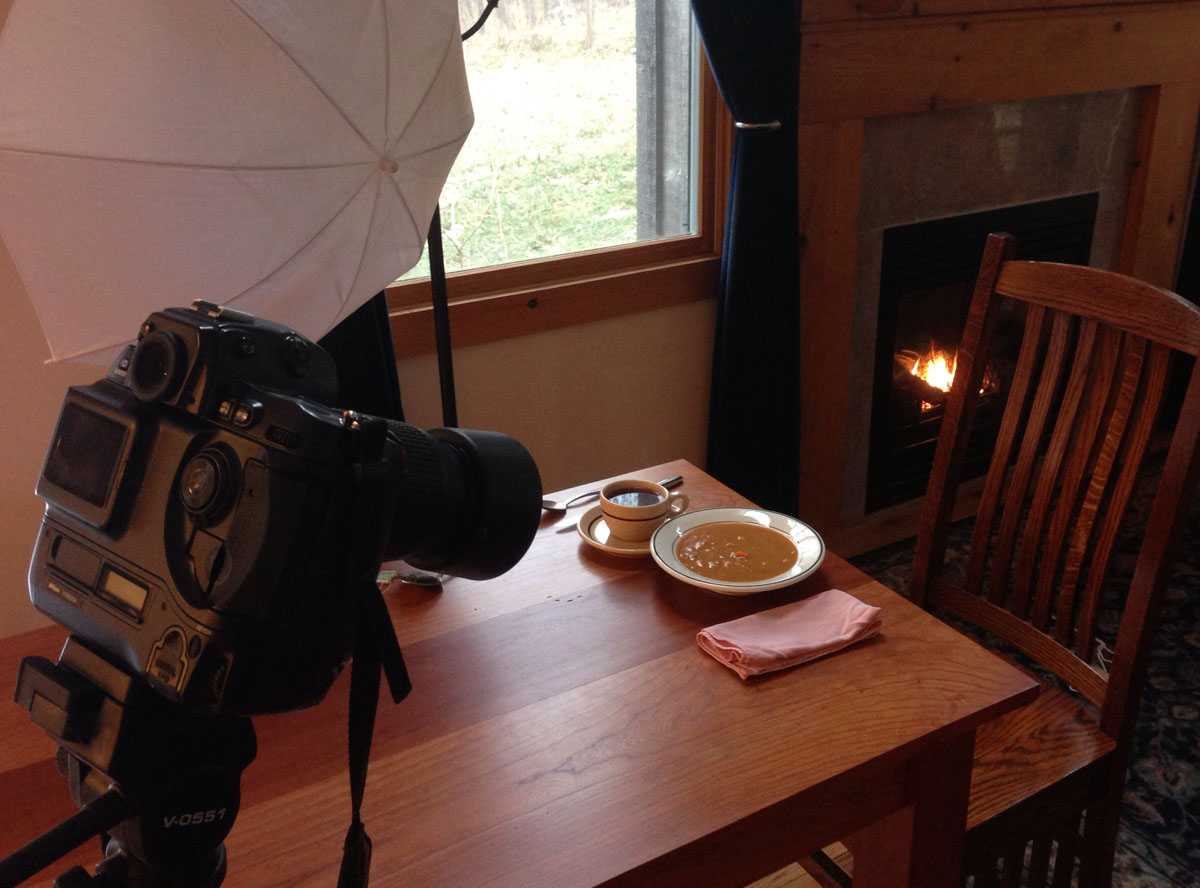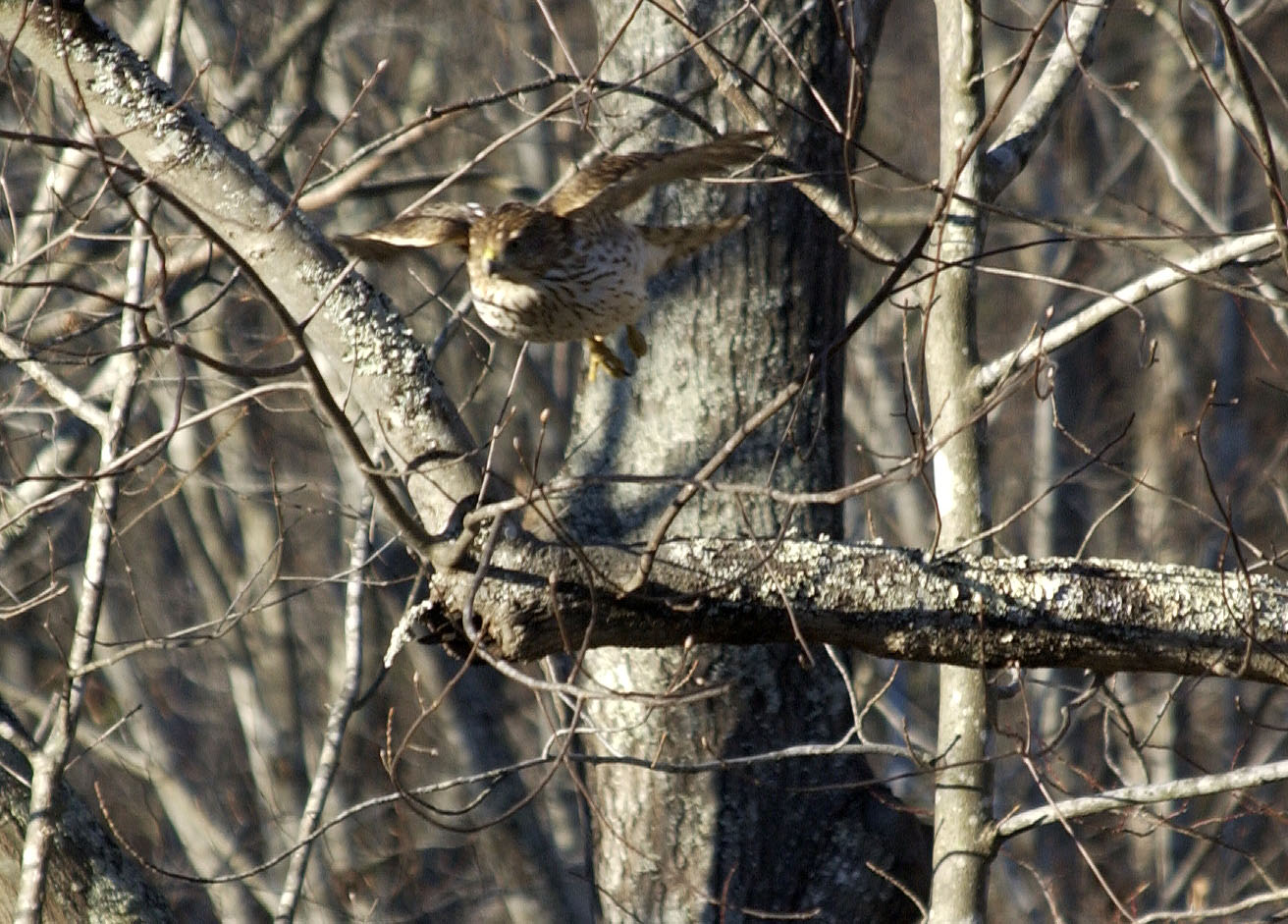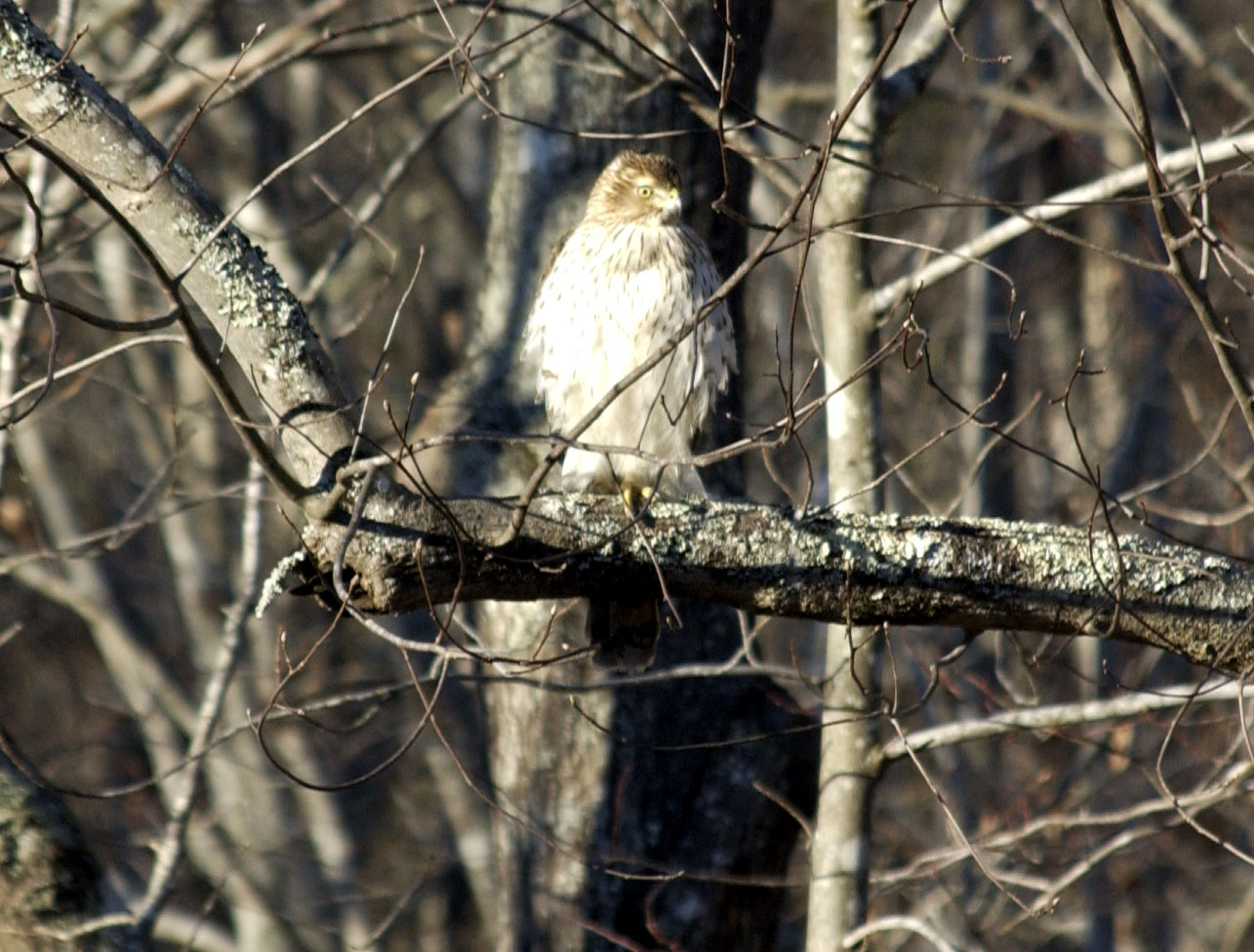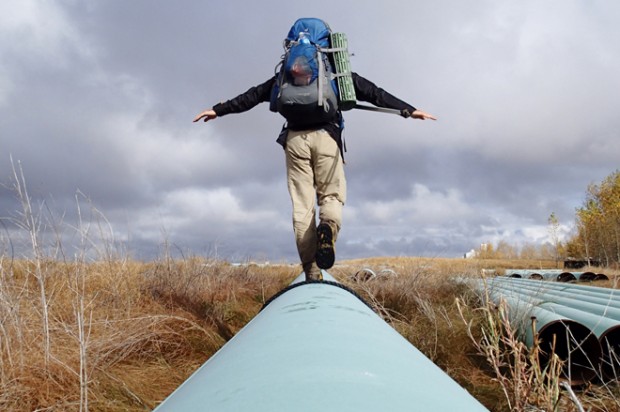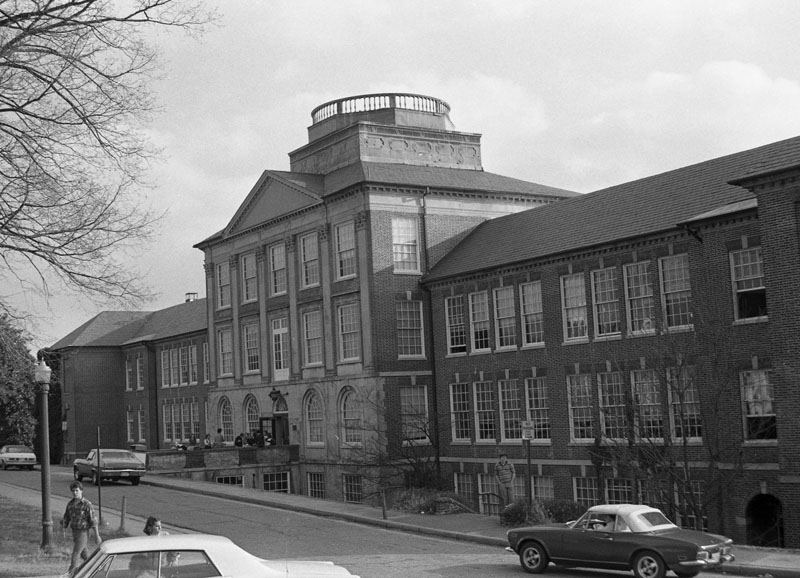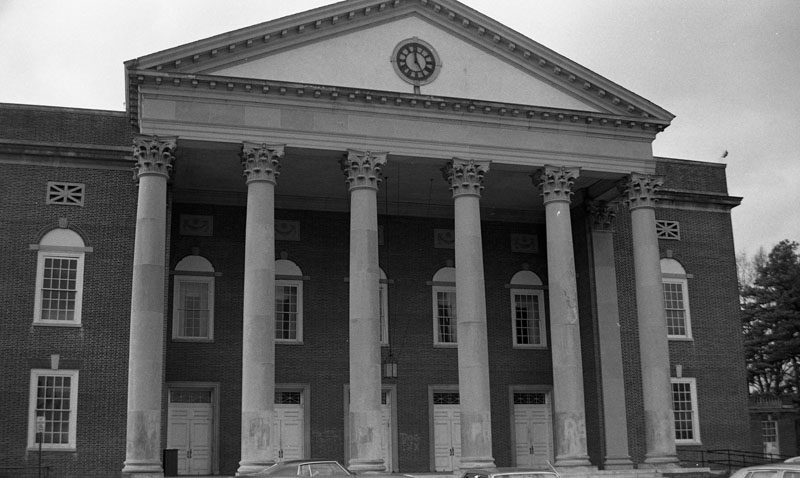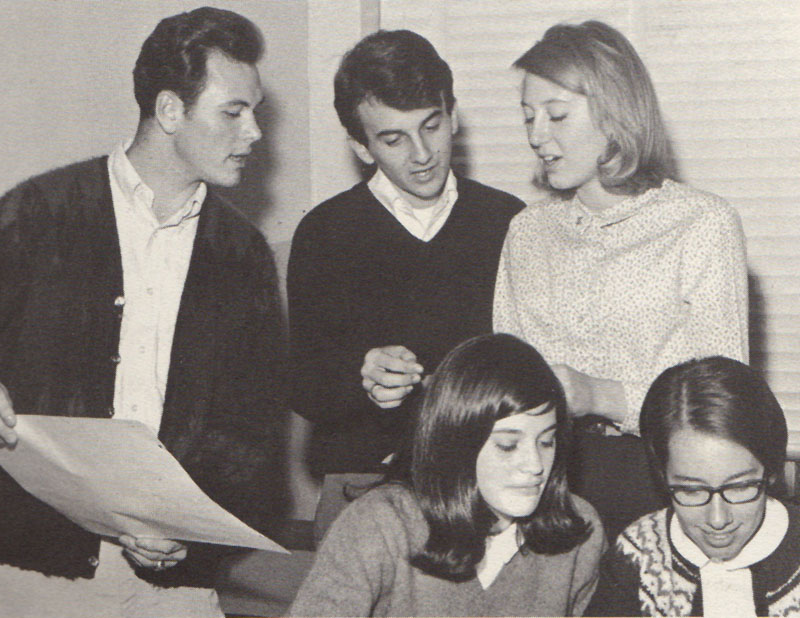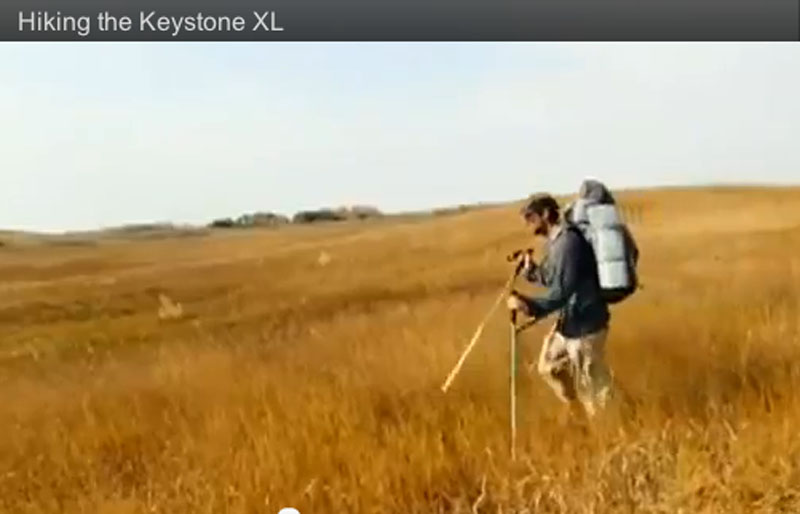I’m always looking to improve my photography, including my food photography. A new (actually used off eBay) camera a while back — a Nikon D1X — was a big step. I recently got a lighting kit for interior photography and food photography.
If you ever watched a professional photo shoot for food photos that are to be published, you know that food photography isn’t easy. I’ve been slouchy in the past for the sake of expediency. For example, holding the camera rather than using a tripod is a good way to reduce the quality of the photo. To prevent jiggling and blurring, a wide aperture must be used to shorten the exposure. A wide aperture means that the depth of field is very low. That is, the broiled tomato may be in focus, but the bacon an inch or two behind it on the plate will be out of focus. The way to correct this is to use a narrow aperture (f stop). A narrow aperture means that the exposure must be longer, hence a tripod. Even with good lighting, the exposure may need to be a full second or longer. So the tripod is essential.
Another important factor with food photography is color management. The color of light varies greatly according to its source. To get true colors, the camera must accurately know (or be able to estimate) the color of the light. Sometimes the color can be corrected by fiddling with the “white point” in Photoshop. But the easiest way to have foods be the right color in a photograph is to use artificial light that is daylight colored — special bulbs. Yippee. I now have such lighting apparatus, plus the white umbrellas that are used to diffuse the light.
Here’s an aside for all who’d like to improve their photography. You’d think, given the way that today’s point-and-shoot digital cameras are marketed, than the number of megapixels is all that matters — the more megapixels, the better the photo. That is completely wrong. Megapixels only matter if you want to print a photo really large — say, the size of a billboard. People who sell digital cameras would like for you to believe that when 8 megapixel cameras are available, 4 megapixel cameras are obsolete. And when 16 megapixel cameras are available, 8 megapixel cameras are obsolete. Totally wrong. All those extra megapixels do is waste storage space on your computer. In some cases, the extra megapixels may help you crop in on a small object in a photo, but chances are that that small object will be blurry, for a number of reasons including the quality of the lens, or focus that is not exact.
My Nikon D1X is 10 years old, and professional photographers have moved on and no longer use them much. But if you’re looking for a camera, you’ll be far better off with a high-quality used camera than with a new camera of lesser quality. The most important factor to the quality of your photos is technique. The second factor, I would say, is the quality of the lens. Another important factor is the internal attributes of the light-sensing and processing parts inside the camera. That gets too technical to go into here, nor do I claim to understand it all. But forget about megapixels.
At this point I’ll plug a book by a neighbor and friend, Jess Moore. The book is Great Pictures Made Simple: How to Make First-Rate Pictures With a Low-Cost Digital Camera or Cell Phone. The book is available on Amazon. Then, when you get good with a low-cost point-and-shoot camera, start shopping for a good camera with a set of good lenses.

